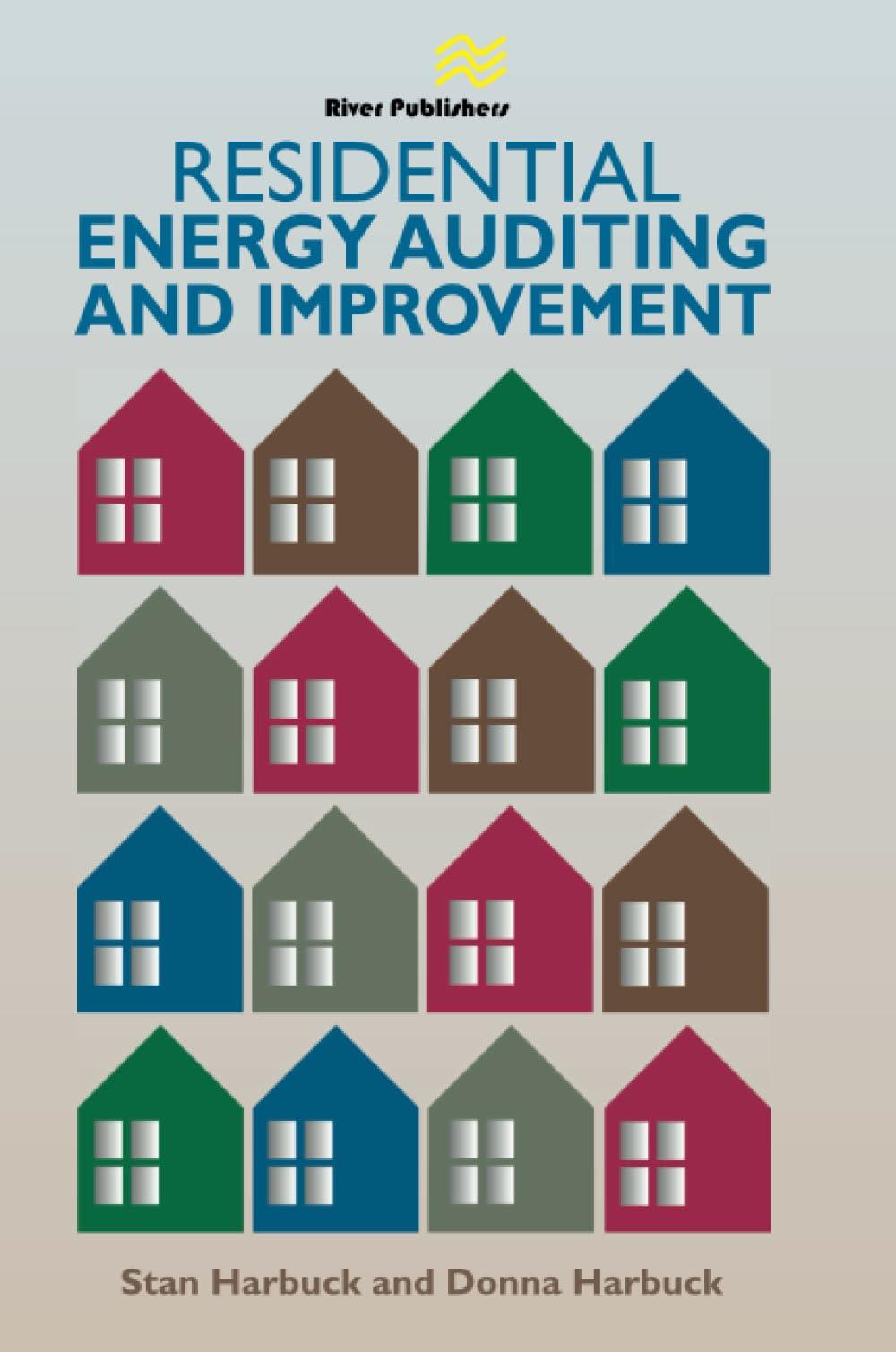Question
EYK9-7. Accounting Ethics Case Linda Tristan , assistant Controller for Ag-Growth, Inc., a biotechnology firm, has concerns about the accounting analysis for the firm's purchase
EYK9-7. Accounting Ethics Case Linda Tristan , assistant Controller for Ag-Growth, Inc., a biotechnology firm, has concerns about the accounting analysis for the firm's purchase of a land site and building from Hylite Corporation. The price for this package purchase was $1,800,000 cash. A memorandum from the controller, Greg Fister, stated that the journal entry for this purchase should debit land for $1,350,000, debit building for $450,000, and credit cash for $1,800,000. The building, a used laboratory facility, is to be depreciated over 10 years with a zero salvage value.
The source documents supporting the transaction include two appraisals of the property, one done for Ag-Growth and one done for Hylite Corporation. The appraisal for Ag-Growth valued the land at $1,000,000 and the building at $5,000,000. The appraisal for Hylite Corporation (done by a different appraiser) valued the land at $1,500,000 and the building at $750,000. Negotiations between the two firms finally settled on an overall price of $1,800,000 for the land and the building.
Tristan asked Fister how he arrived at the amounts to be recorded for the land and building since each appraisal valued the land at only twice the building's value. "Well," replied Fister, "I used the $1,500,000 land value from Hylite's appraiser and the $500,000 building value from our appraiser. That relationship shows the land to be worth three times the building's value. Using that relationship, I assigned 75% of our actual purchase price of $1,800,000 to the land and 25% of the purchase price to the building."
"But why do it that way?" asked Tristan
"Because it will improve our profits, before income taxes, by $150,000 over the next decade," replied Fister.
"But it just doesn't seem right." commented Tristan.
Required
a. How does the accounting analysis by Fister improve profits before income taxes by $150,000 over the next decade?
b. Is the goal of improving profits a sufficient rationale to defend the accounting analysis by Fister?
c. Do you agree with Fister's analysis? Briefly explain.
d. what actions are available to Tristan to resolve her concerns with Fister's analysis?
For EYK9-7 What values would you assign based on the two appraisals? What would be the result, for tax purposes, using that allocation as opposed to Greg Fister's?
Step by Step Solution
There are 3 Steps involved in it
Step: 1

Get Instant Access to Expert-Tailored Solutions
See step-by-step solutions with expert insights and AI powered tools for academic success
Step: 2

Step: 3

Ace Your Homework with AI
Get the answers you need in no time with our AI-driven, step-by-step assistance
Get Started


